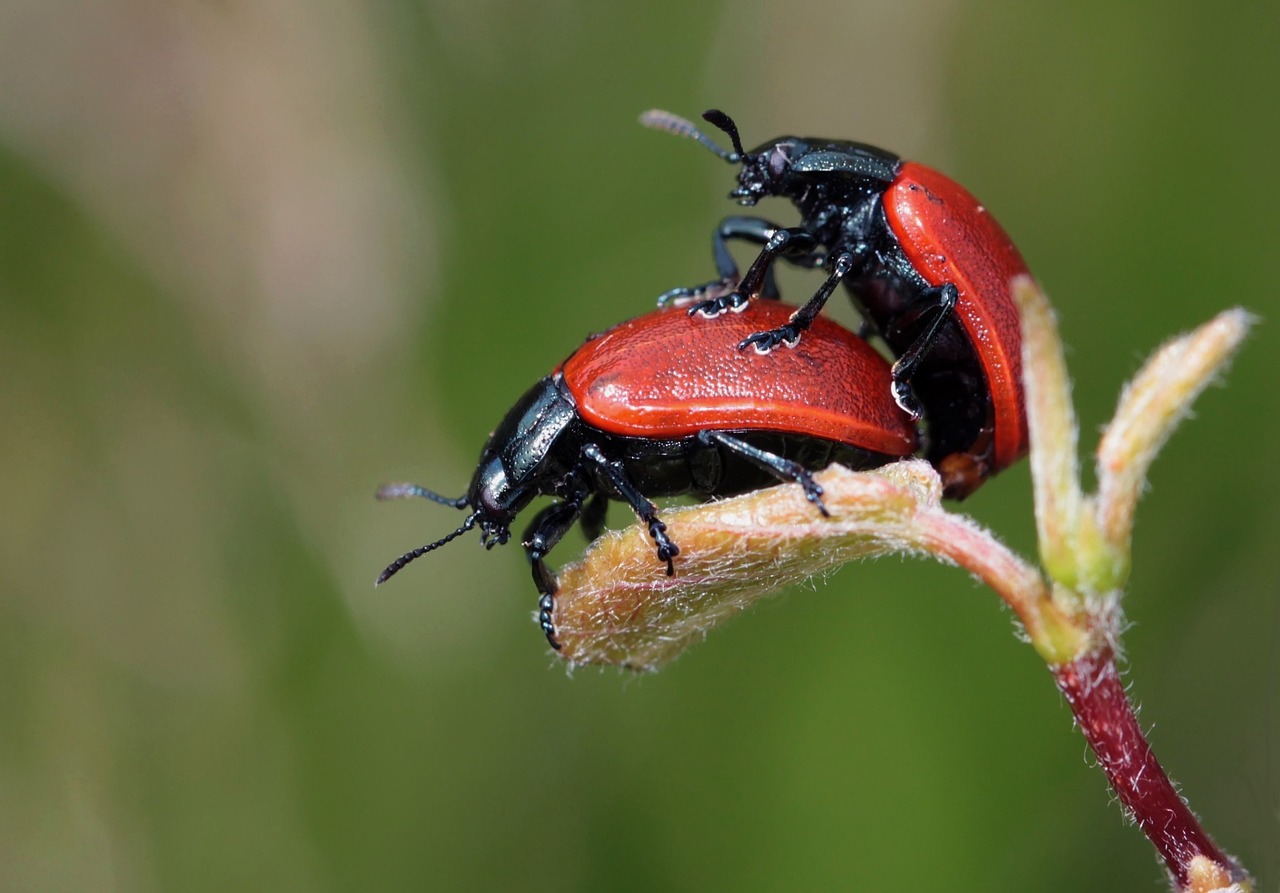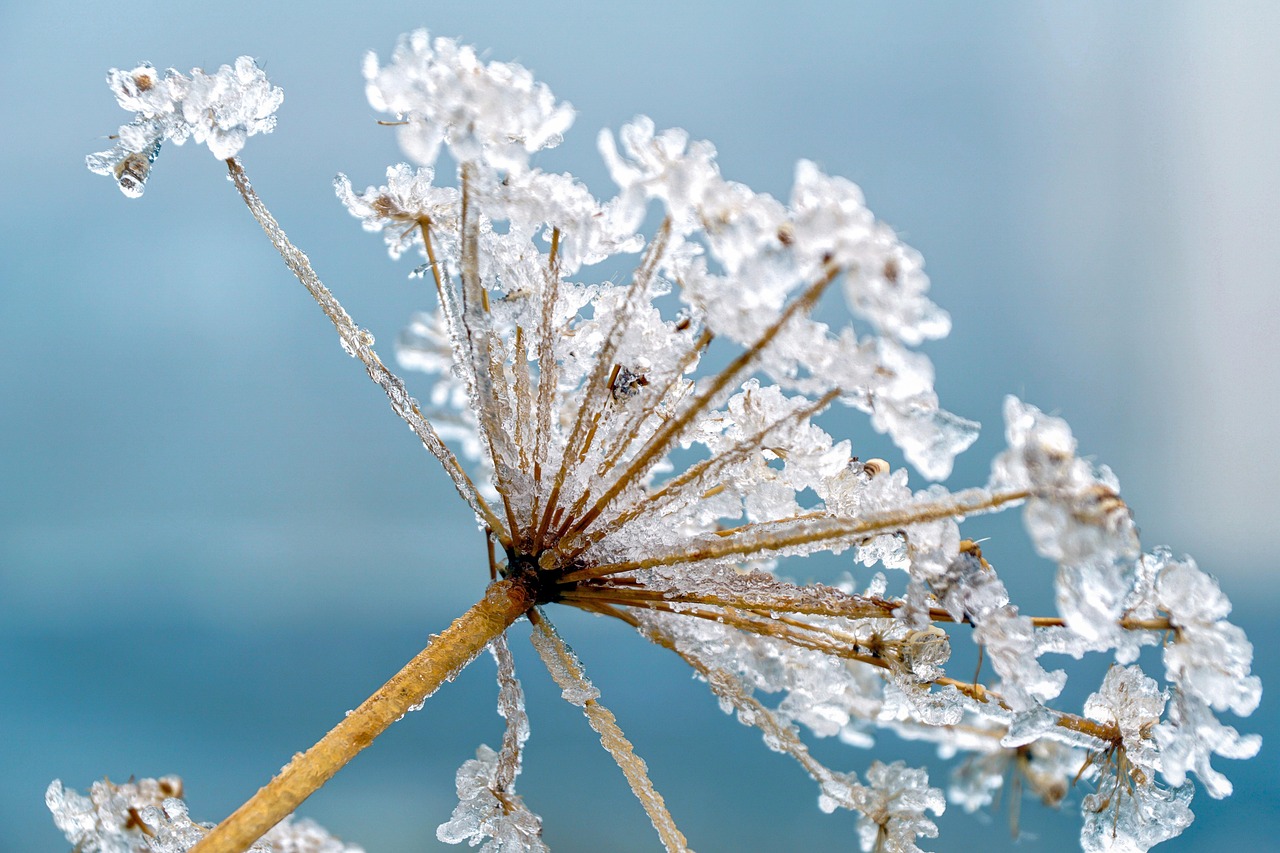The Western Hemlock (Tsuga heterophylla) reproduction cycle involves both pollination and seed development. Pollination occurs primarily through wind, transferring pollen from male cones to female cones. Once fertilized, the female cones develop seeds that mature over several months, eventually being dispersed to germinate into new saplings.
The Western Hemlock is a significant tree species found mainly in the Pacific Northwest of North America. It thrives in moist, shaded environments and forms dense forests alongside other conifers. Understanding its reproduction cycle is crucial for forest management and conservation efforts. The cycle consists of several stages, from pollination to seed dispersal, each playing a vital role in the tree’s life cycle.
Western Hemlocks exhibit a unique reproductive strategy that is highly adapted to their environment. They produce two types of cones: male and female. Male cones are generally small and cluster together, while female cones are larger and grow individually. This distinction is essential for the tree’s reproductive success.
Pollination Process

The pollination of Western Hemlock occurs primarily through anemophily, which means it relies on the wind to transfer pollen. During the flowering season, typically in late spring, male cones release a significant amount of pollen into the atmosphere. This pollen can travel considerable distances, sometimes up to several kilometers, to reach receptive female cones.
Female cones, which are located higher in the tree’s canopy, are equipped to catch this airborne pollen. The timing of pollen release and the receptivity of female cones is synchronized to maximize the chances of successful fertilization. The process can be influenced by various environmental factors, such as temperature and humidity, which affect pollen viability and cone receptiveness.
Seed Development
Once pollination takes place, fertilization occurs within the female cones. This leads to the development of seeds, which typically takes about six months. The seeds are housed within woody cones that can take up to a year to fully mature. Each cone can contain numerous seeds, which are small and equipped with wings to facilitate wind dispersal.
The seed development phase is critical for the survival of the species. Factors such as moisture levels, soil quality, and competition with other vegetation can significantly impact seed viability and growth potential. Therefore, understanding these conditions is essential for successful regeneration in natural habitats.
Seed Dispersal
Once the seeds are fully matured, the cones open up to release them into the surrounding environment. This typically occurs in late summer to early fall. The winged seeds are carried away by the wind and can settle in various locations. Successful germination often depends on finding suitable conditions such as adequate moisture and light.
The dispersal mechanism of Western Hemlock seeds allows them to colonize new areas effectively. This adaptability ensures that even if certain regions experience disturbances or unfavorable conditions, new generations can emerge elsewhere.
Key Facts about Western Hemlock Reproduction
| Aspect | Details |
|---|---|
| Pollination Method | Anemophily (wind pollination) |
| Male Cone Characteristics | Small and clustered |
| Female Cone Characteristics | Larger and solitary |
| Seed Maturation Time | Approximately six months |
The reproductive cycle of Western Hemlock is not only fascinating but also essential for maintaining healthy forest ecosystems. Each stage from pollination to seed dispersal plays a significant role in ensuring the survival and proliferation of this important tree species.
Environmental Factors Influencing Reproduction
The reproduction cycle of the Western Hemlock is influenced by a variety of environmental factors that play crucial roles in pollination, seed development, and germination. Understanding these factors helps in appreciating how this species survives and thrives in its native habitat.
Temperature
Temperature is a critical factor affecting the reproductive cycle of Western Hemlock. Optimal temperature ranges are necessary for:
- Pollen viability: Higher temperatures can enhance pollen production but may also lead to quicker drying out and reduced viability.
- Seed development: Ideal temperatures promote healthy seed maturation. If temperatures are too low or too high, it can negatively impact seed quality.
Moisture Levels
Moisture is equally important for the successful reproduction of Western Hemlock. The following aspects highlight its significance:
- Pollination: Adequate moisture in the air can enhance the effectiveness of pollen transfer. Dry conditions can hinder pollen’s ability to travel.
- Seed germination: Seeds require specific moisture levels to initiate germination. Insufficient moisture can lead to seed dormancy or death.
Light Availability
Light availability affects various stages of the Western Hemlock’s life cycle, particularly during seedling establishment. Key points include:
- Seedling Growth: Young saplings require adequate light to photosynthesize and grow. Dense forest canopies can limit light availability, impacting their survival.
- Germination Rates: Seeds need some light exposure for optimal germination, although they also require some cover for protection from herbivores.
Pollination Timing and Strategies
The timing of pollination is a vital component of the Western Hemlock’s reproductive strategy. The tree has adapted its reproductive timing to align with environmental conditions, enhancing the chances of successful fertilization.
Seasonal Patterns
Pollination typically occurs in late spring, coinciding with warmer weather and increased humidity. This timing allows:
- Optimal pollen release: Male cones release pollen when environmental conditions are most favorable for wind dispersal.
- Increased female cone receptivity: Female cones are mature and ready to receive pollen at the same time, ensuring a higher likelihood of fertilization.
Adaptations for Success
The Western Hemlock has developed several adaptations to maximize its reproductive success:
- Pollen Production: Each male cone can produce millions of pollen grains, increasing the chances that some will reach female cones.
- Diversity of Seed Dispersal: The lightweight, winged seeds can travel significant distances, allowing the plant to colonize new areas effectively.
- Tolerance of Shade: Western Hemlocks are shade-tolerant, enabling seedlings to establish themselves beneath existing forest canopies.
Seed Germination and Early Growth

The final stages in the reproduction cycle involve seed germination and early growth, which are critical for establishing new trees in the ecosystem. Successful germination relies on several factors that create a suitable environment for young saplings.
Germination Conditions
For Western Hemlock seeds, specific conditions must be met for successful germination:
- Moisture: Seeds require consistent moisture levels to break dormancy and begin the germination process.
- Temperature: Optimal temperatures typically ranging between 15°C to 25°C support effective germination rates.
- Light Exposure: Seeds often benefit from some light exposure; however, a balance is needed to protect them from desiccation and predation.
Seedling Development
After germination, the young seedlings face various challenges as they grow. Key survival requirements include:

- Nutrients: Access to nutrient-rich soil is essential for healthy growth during the early stages.
- Protection from Herbivores: Young seedlings are vulnerable to browsing by animals. Strategies such as growing in dense patches can help mitigate this risk.
- Competition: Newly established seedlings must compete for light, nutrients, and water with surrounding vegetation.
A successful transition through these stages leads to the establishment of new Western Hemlock trees that contribute to the overall health and sustainability of forest ecosystems.
Role of Western Hemlock in Ecosystems
The Western Hemlock plays a vital role in the ecosystems where it thrives. As a dominant tree species in the Pacific Northwest, its presence influences various ecological processes and supports a diverse range of flora and fauna. Understanding these roles is essential for appreciating its significance in forest health and biodiversity.
Habitat Creation
Western Hemlocks contribute to habitat creation in several ways:
- Canopy Structure: The dense canopy formed by mature Western Hemlocks provides shelter and microhabitats for various wildlife species. This structure helps regulate temperature and humidity levels within the forest.
- Understory Development: The shade tolerance of Western Hemlocks allows for a diverse understory of plants to thrive, including ferns, shrubs, and other tree species. This biodiversity supports a wide range of animals.
- Nesting Sites: The branches of Western Hemlocks offer excellent nesting sites for birds and small mammals, providing safety from predators.
Soil Stabilization
The root systems of Western Hemlock trees play a crucial role in soil stabilization. Their extensive root networks help:
- Prevent Erosion: By anchoring the soil, Western Hemlocks reduce the likelihood of erosion on slopes and riverbanks, maintaining soil health.
- Enhance Soil Quality: The decomposition of fallen needles and organic matter from Western Hemlocks enriches the soil with nutrients, promoting a healthy ecosystem.
Interactions with Wildlife
The Western Hemlock interacts with various wildlife species, creating a dynamic relationship that benefits both the tree and the animals:
Fauna Dependence
Many species depend on Western Hemlocks for food and shelter:
- Herbivores: Deer, elk, and small mammals feed on the tender shoots and foliage of young hemlocks. This browsing can influence tree growth and regeneration patterns.
- Birds: Various bird species, including woodpeckers and owls, utilize Western Hemlocks for nesting and foraging. The tree’s bark provides habitats for insects, which serve as food sources.
- Insects: The foliage of Western Hemlocks attracts numerous insects, including pollinators such as bees, which contribute to the overall reproductive success of the tree.
Mutualistic Relationships
Western Hemlocks engage in mutualistic relationships with fungi through mycorrhizal associations. These relationships are beneficial for both parties:
- Nutrient Exchange: Mycorrhizal fungi enhance nutrient uptake for Western Hemlocks, particularly phosphorus. In return, the tree provides carbohydrates to the fungi.
- Soil Health: These relationships contribute to improved soil health by promoting microbial diversity and organic matter decomposition.
Threats to Western Hemlock Reproduction

Despite its resilience, the Western Hemlock faces several threats that can impact its reproduction cycle and overall health:
Climate Change
Climate change poses significant challenges to Western Hemlock populations. Key effects include:
- Temperature Fluctuations: Changes in temperature can disrupt the timing of pollination and seed development. Extreme temperatures may lead to reduced seed viability.
- Drought Conditions: Increased frequency of drought can affect moisture availability, crucial for seed germination and seedling survival.
Pests and Diseases
The Western Hemlock is susceptible to various pests and diseases that can threaten its reproduction:
- Pine Bark Beetles: These insects can damage trees, leading to reduced vigor and reproductive output.
- Diseases: Fungal infections such as root rot can impact the health of trees, making them more vulnerable to other stressors.
Deforestation and Habitat Loss
Human activities such as logging and land conversion have led to habitat loss for Western Hemlocks. This impact can result in:
- Fragmentation: Loss of contiguous habitats can disrupt pollination processes and reduce genetic diversity.
- Reduced Seed Dispersal: Habitat loss limits potential sites for seed germination and growth, affecting population sustainability.
The future of Western Hemlock reproduction relies on understanding these threats and implementing conservation strategies to protect this essential species and its ecosystem. By fostering awareness and proactive measures, we can ensure that this remarkable tree continues to thrive in its natural habitats.
Conservation Strategies for Western Hemlock
To ensure the sustainability of Western Hemlock populations, various conservation strategies can be implemented. These strategies aim to mitigate the threats posed by climate change, pests, diseases, and habitat loss.
Habitat Protection
One of the most effective ways to conserve Western Hemlocks is through habitat protection. This can involve:
- Establishing Protected Areas: Designating specific regions as protected areas can help preserve natural habitats and maintain ecosystem integrity.
- Implementing Sustainable Forestry Practices: Encouraging sustainable logging practices that minimize damage to surrounding trees and ecosystems can help maintain healthy populations of Western Hemlocks.
- Restoration Projects: Initiating reforestation and habitat restoration projects in areas where Western Hemlocks have declined can promote recovery.
Monitoring and Research
Continuous monitoring and research are essential for understanding the dynamics of Western Hemlock populations. This can include:
- Population Surveys: Regular surveys can help track changes in population size and health, allowing for timely interventions if necessary.
- Research on Pest Management: Investigating biological control methods and other pest management strategies can help reduce reliance on chemical pesticides that may harm the ecosystem.
- Climate Impact Studies: Researching the effects of climate change on Western Hemlock reproduction can inform conservation strategies and adaptation measures.
Community Involvement
Engaging local communities in conservation efforts is vital for the long-term success of Western Hemlock preservation. Key initiatives can include:
- Education Programs: Raising awareness about the importance of Western Hemlocks and their role in ecosystems can foster community support for conservation efforts.
- Volunteer Opportunities: Encouraging community members to participate in tree planting, monitoring, and habitat restoration projects can enhance stewardship.
- Partnerships with Organizations: Collaborating with environmental organizations can amplify conservation efforts and resource allocation.
Final Thoughts
The Western Hemlock is more than just a tree; it is a cornerstone species within its ecosystem. Its unique reproduction cycle—from pollination to seed dispersal—highlights the intricate relationships that define forest habitats. Understanding these processes is crucial for conserving this species and the broader ecological communities that depend on it.
The threats posed by climate change, pests, diseases, and habitat loss challenge the survival of Western Hemlocks. However, through strategic conservation efforts, research, community involvement, and a commitment to sustainable practices, we can safeguard the future of this vital tree species. By prioritizing conservation, we not only protect the Western Hemlock but also the rich biodiversity and ecological resilience of our forests.
Ultimately, fostering a deeper appreciation for the Western Hemlock’s role in the ecosystem ensures that future generations will continue to benefit from its presence. The collaboration between scientists, conservationists, policymakers, and local communities will be essential in preserving this remarkable tree for years to come.
